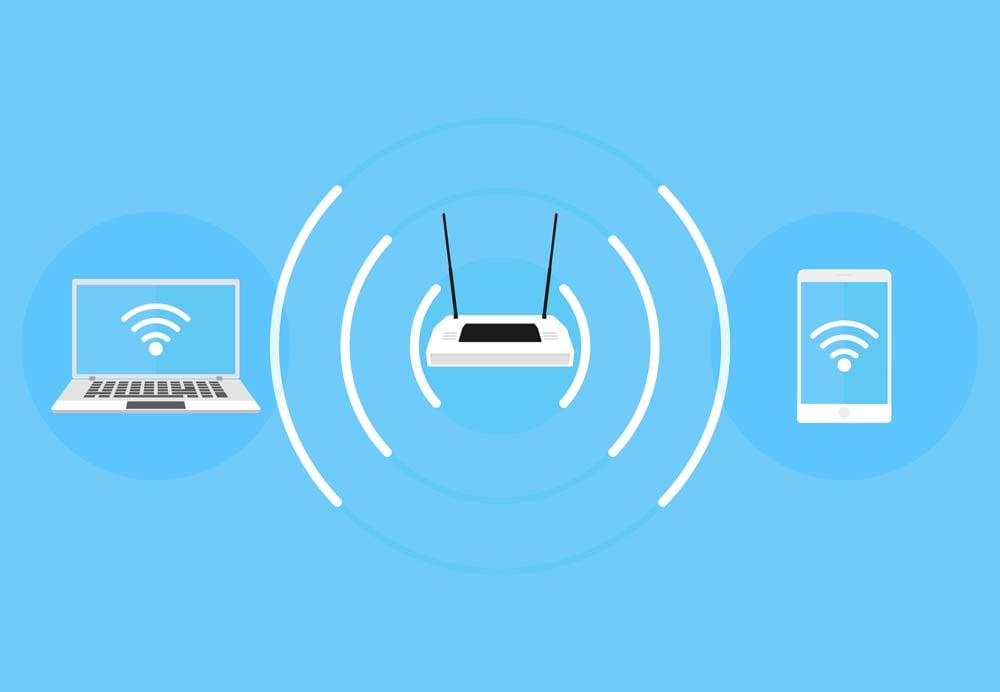A reliable and strong WiFi signal has become essential in the age of technology. It is vital to productivity and connectivity. One of the most important factors in getting there is the precise position of the Wireless Access Point (WAP). It is crucial to position your WAP in a manner that maximizes the wireless signal strength and stability. Explore the importance of WAPs and how to pick the best WiFi access point to your home.
Wap Wireless access point is a crucial networking device that allows wireless-enabled devices to connect to a wired network via WiFi or any other standard. It’s a vital device to extend your network’s coverage and removing the necessity of using bulky cables. The WAP converts the data received from a router by using an Ethernet cable into a radio frequency. The radio signal can be detected by WAP devices, providing them access to the network. For more information, click Best Wireless Access Point
The Impact of WAP Placement
A WAP has to be carefully located to offer a robust and reliable WiFi connection throughout your region. The place of the WAP’s location affects the range, performance, and signal strength of your WiFi network. Putting the wireless access point in the optimal location will help reduce interference and enhance the coverage, while also improving connectivity for users.

Factors that affect the WAP signal strength
There are several factors that affect the signals that a WAP transmits to your device. They include:
The strength of the signal is determined by the power of the signals transmitted through WAP.
Range: The longest distance that the WAP is able to transmit a strong and stable signal.
Interference: The presence of obstacles or electronic devices can hinder the wireless signal.
Finding the Best Home Access Point
The best WAP is crucial for a high-performance WiFi at home or workplace. When choosing the right home access point, there are a variety of things to be considered.
Signal Strength and Coverage Select a WAP which offers an impressive signal strength and a wide coverage area. It ensures that the WiFi signal is accessible in all areas you desire with no dead spots.
Choose a WAP that has technologies that reduce interference. It could be tri-band, dual-band or other options which allow you to use WiFi channels with a high volume of traffic.
Convenience of setup and configuration Select a WAP that is easy to set up and configure. Simple installation processes and easy-to-use interfaces can save you time and effort.
Security Features: Prioritize apps with robust security features, including encryption protocols and security settings. This will protect your network’s data and aids in protecting it.
Scalability: Check that your WAP is capable of handling the devices you’re connecting. A WAP that can scale grows as your network’s demands which makes it a long-term investment.
The most optimal location of WAPs is to maximize performance.
Central Location: Position the WAP in an central location for a uniform distribution of WiFi throughout the area. This eliminates dead zones, while making sure that you have a consistent connection throughout your property.
Elevation: Mount the WAP at a higher position, such as on a wall or ceiling. This helps in broadcasting the signal in a more efficient manner, resulting in increased coverage while minimizing obstructions.
Avoiding Interference – Keep the WiFi away from any device or material which could create interference. Examples are microwaves, cordless telephones and steel structures. This will allow for a strong and clean WiFi signal.
Professional Assessment: Talk to IT professionals for a thorough analysis of your area. They can identify optimal WAP location locations based upon particular requirements.
Conclusion
A solid WiFi connection in the ever-changing technological landscape is essential. Wireless Access Points (WAPs) play an essential role in ensuring this by extending the reach of your network and providing the most reliable WiFi signal. Strategically placing your WAP and choosing the most suitable wireless access point are key elements to achieving the best WiFi performance.
It is worthwhile to invest time and effort into evaluating the space you have available as well as understanding the factors that influence the strength of WAP’s signal and essential features of WAPs. Learning the art of placing WAPs will allow you to make the most of your WiFi and provide uninterrupted connectivity.